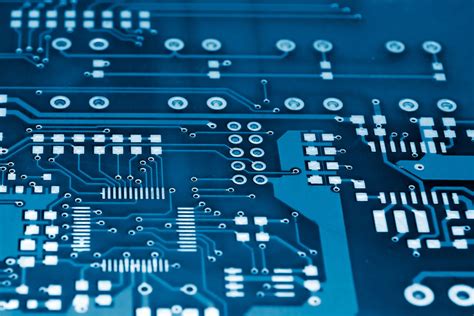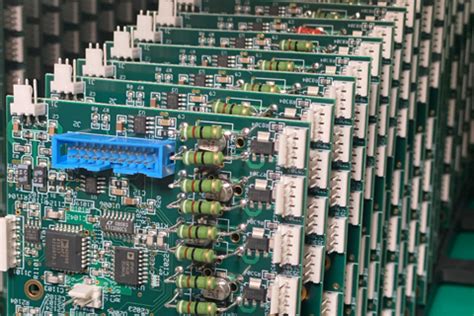Understanding PCBA Assembly Processes and Best Practices

Key Takeaways
In the intricate world of PCBA (Printed Circuit Board Assembly), understanding the various components and processes is fundamental for achieving high-quality results. One of the key takeaways is that effective pcb assembly relies heavily on meticulous planning and execution. Prioritizing the selection of high-quality materials, such as components and substrates, can significantly influence the overall efficiency and performance of the final product. Additionally, embracing advanced assembly techniques can reduce production time while maintaining quality. For instance, automated processes not only speed up the PCBA process but also minimize human error.
“Investing in automation is not just about speed; it’s about creating consistent quality in pcb assembly.”
Maintaining strict quality control measures throughout every stage of production ensures that any potential issues are identified and addressed promptly. This proactive approach can lead to fewer defects and a smoother workflow, ultimately enhancing customer satisfaction. Furthermore, anticipating common challenges—like supply chain disruptions—can help businesses develop contingency plans to mitigate risks effectively.
In summary, understanding these critical elements in pcba assembly not only aids in meeting production demands but also propels companies toward long-term success by optimizing their manufacturing processes and adhering to best practices.

Introduction to PCBA Assembly
The Printed Circuit Board Assembly (PCBA) process is a critical aspect of electronic manufacturing, where the assembly of component parts onto a printed circuit board occurs. This stage is vital for transforming raw materials into functional electronic devices. At its core, pcba involves the careful placement of electronic components such as resistors, capacitors, and integrated circuits on the board. This process not only requires precision but also an understanding of various techniques to enhance production efficiency while maintaining quality.
Efficient pcb assembly begins with meticulous design and planning. Understanding the layout and ensuring that all components will fit without conflicts is essential. Consequently, manufacturers often employ advanced software tools for design validation and simulation before moving into the physical assembly phase. This proactive approach minimizes errors and supports smoother transitions through the assembly process.
To optimize production efficiency further, several best practices can be adopted. Implementing automated machine applications for soldering and component placement can drastically reduce production time while decreasing human error rates. Moreover, adhering to stringent quality control measures during every step of production guarantees that each assembled unit meets specified standards and minimizes defects.
In conclusion, a strong foundation in the principles underlying pcba is paramount for manufacturers aiming to achieve high quality in their electronic products while navigating the complexities associated with modern assembly techniques. By focusing on these elements, organizations can not only enhance their output but also secure a competitive edge in an ever-evolving marketplace.
| Key Aspect | Importance |
|---|---|
| Design Planning | Prevents errors and conflicts |
| Automated Processes | Reduces time and minimizes human error |
| Quality Control | Ensures standards are met |
| Continuous Improvement | Keeps pace with industry advances |
Key Components in PCBA Assembly
In the realm of PCBA (Printed Circuit Board Assembly), understanding the key components is vital for ensuring effective production processes. At the core of any PCB assembly are components such as resistors, capacitors, integrated circuits (ICs), and connectors. These elements play a crucial role in defining the functionality and reliability of the electronic product. For instance, resistors manage electrical flow within a circuit, while capacitors store energy and smooth out voltage fluctuations. Moreover, integrated circuits serve as the brains of many devices, encapsulating complex functions within compact packages. Connectors, on the other hand, facilitate important connections between various sections of the assembly, ensuring seamless communication. Additionally, selecting high-quality components is paramount; substandard parts can lead to faults in both the assembly process and final product performance. Therefore, engineers must focus on sourcing quality materials that not only meet specifications but also adhere to industry standards for durability and reliability. Continuous advancements in component technology also drive innovation in PCBA, emphasizing the need for manufacturers to stay updated on emerging trends and materials to remain competitive in a rapidly evolving market.
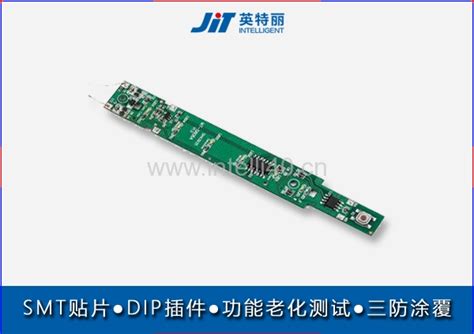
The PCBA Assembly Process: Step-by-Step
The pcba assembly process involves a series of meticulously coordinated steps that transform raw materials into functional electronic assemblies. The journey begins with design and layout, where the circuit schematic is translated into a blueprint, defining how components will be placed on the printed circuit board (PCB). Following this, the next phase includes the sourcing of components, ensuring that each element meets the required specifications for quality and compatibility. Once all components are gathered, the assembly process initiates with solder paste application, where a precise amount of solder paste is deposited onto designated areas of the PCB. This is followed by pick-and-place operations where automated machines position components onto the board accurately.
Next, a critical step in the pcba assembly is soldering, which can be achieved through methods such as reflow soldering or wave soldering. During this phase, heat is applied to melt solder, securely joining components to the board. After cooling, visual inspections or automated optical inspections are conducted to ensure that each component is correctly placed and soldered. Subsequently, functional testing is performed to verify that all connections operate as intended and to detect any latent defects. Finally, once quality assurance measures confirm that everything meets industry standards, the assembled boards undergo final cleaning before being packaged for distribution. Each stage in this comprehensive pcb assembly process emphasizes maintaining high standards of quality and efficiency while addressing challenges specific to electronic manufacturing—from component availability delays to managing complex designs—ultimately leading to successful pcba projects.
Techniques for Optimizing Production Efficiency
Optimizing production efficiency in PCBA (Printed Circuit Board Assembly) is crucial for enhancing throughput and reducing operational costs. Various techniques can be employed to achieve these efficiencies. First and foremost, process automation plays a significant role in minimizing manual labor and reducing the likelihood of human error. By investing in advanced machinery, manufacturers can streamline the PCB assembly process, allowing for quicker assembly times while maintaining high standards of quality. Additionally, implementing Lean manufacturing principles can help identify and eliminate waste throughout the production cycle. This involves analyzing every step of the PCBA process to ensure that resources are utilized effectively, aiming to create a smoother workflow. Furthermore, integrating a robust supply chain management system ensures that components are readily available when needed, thus preventing delays and unexpected downtime during assembly operations. Another effective technique is continuous training for employees, which enhances their skills and keeps them informed about the latest technologies and practices in PCBA. Encouraging an environment of collaboration among teams also enables quicker problem-solving and innovation in workflows. By focusing on these techniques, manufacturers can significantly enhance their production efficiency while maintaining or improving the quality of the final electronic products.
Quality Control Measures in PCBA Assembly
Quality control measures are paramount in PCB assembly to ensure that electronic products meet specified requirements and perform reliably. The process of PCBA involves various stages, each presenting unique challenges that can influence the final product’s quality. Implementing rigorous quality control protocols at every phase of the PCBA assembly process is crucial. This includes performing thorough inspections during incoming material checks, ensuring that all components meet their specified standards. Automated Optical Inspection (AOI) is often employed post-soldering to identify defects such as misaligned components or insufficient solder coverage. Furthermore, it’s essential to conduct functional testing on the assembled circuit boards to verify performance under real-world conditions. These quality assurance practices not only help in detecting faults early but also facilitate continuous improvement by analyzing failure data and trends. As the field of electronics evolves, staying updated with the latest standards and technologies in quality management will be instrumental in maintaining a competitive edge in PCBA manufacturing and enhancing overall production efficiency while ensuring product excellence.
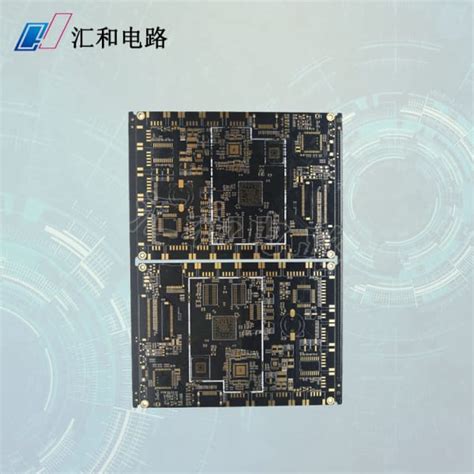
Common Challenges in PCBA Manufacturing
The world of PCBA (Printed Circuit Board Assembly) manufacturing is fraught with various challenges that can impact the overall quality and efficiency of the production process. One of the most common issues faced during pcb assembly is maintaining a high level of precision during component placement and soldering. Any misalignment or soldering defects can lead to significant failures in electronic devices, making it crucial to adhere to rigorous quality control measures. Another challenge lies in managing the diverse range of components, from traditional through-hole parts to more intricate surface mount devices (SMDs). Each type requires specific handling techniques and tooling, complicating the assembly process. Additionally, environmental factors such as humidity and temperature fluctuations can also affect the performance of pcba operations, leading to issues like solder joint reliability. To combat these challenges, manufacturers must implement comprehensive training programs and utilize advanced technologies like automated optical inspection (AOI) systems. By addressing these hurdles proactively, manufacturers can enhance production efficiency and ensure high-quality outcomes in their pcb assembly projects.
Best Practices for Successful PCBA Projects
When embarking on any PCB assembly project, it is imperative to establish a set of best practices that ensure both efficiency and quality. One key practice is comprehensive design review and validation, which involves scrutinizing the schematic designs and layout before initiating the PCBA production. This step significantly reduces the likelihood of errors that could arise during assembly. Additionally, selecting high-quality components is crucial; using reliable suppliers not only enhances product durability but also minimizes costly delays during production.
Implementing strict quality control measures at various stages of the assembly process ensures that each unit meets desired specifications. This includes conducting regular inspections and employing automated testing solutions to catch potential defects early. Moreover, optimizing the workflow by utilizing advanced manufacturing technologies such as automation or smart factories can lead to improved production efficiency. Regular training and skill enhancement for staff involved in the PCBA process fosters a culture of excellence and awareness regarding new techniques or technologies.
Finally, maintaining clear communication across all stakeholders—from design engineers to production teams—promotes collaboration and transparency, which are vital for successfully managing any PCB assembly project. By adhering to these best practices, organizations can navigate challenges more effectively and achieve higher rates of success in their PCBA initiatives.
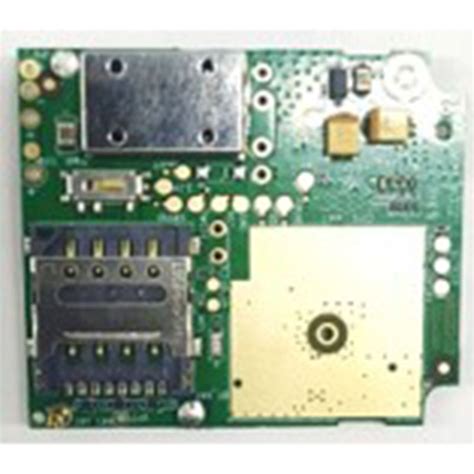
Future Trends in PCBA Assembly Technology
As the electronics industry continues to evolve, the future of PCBA (Printed Circuit Board Assembly) technology is becoming increasingly promising. One significant trend is the integration of smart manufacturing techniques which focus on automation and the Internet of Things (IoT). These advancements enable manufacturers to enhance production efficiency and allow for real-time monitoring of the PCB assembly process. Enhanced automation, through robotics and machine learning, is set to play a pivotal role in reducing human error and improving consistency in assembling components. Moreover, flexible manufacturing systems are being adopted to accommodate a variety of product designs without extensive reconfiguration costs, aligning production lines with consumer demand.
In addition, next-generation materials such as advanced soldering techniques and lead-free options are being explored to improve reliability and environmental sustainability in PCBA processes. The implementation of augmented reality (AR) in training employees could also optimize PCBA operations by providing real-time guidance during assembly procedures. Furthermore, as electronic devices become smaller and more complex, advancements in component miniaturization will demand innovative approaches to PCB assembly, ensuring that quality is not compromised while maintaining high-density layouts.
Lastly, cloud-based solutions are becoming prevalent in managing supply chains, offering better analytics for tracking production workflows. By embracing these emerging technologies and methodologies, companies can ensure they stay competitive while delivering high-quality products through optimized PCBA processes. The continual adaptation to these trends underscores the importance of agility within electronic manufacturing as it responds to market fluctuations and innovations.
Conclusion
In summary, understanding the complexities of pcba assembly and the various associated processes is crucial for anyone involved in electronic manufacturing. As outlined in this article, implementing effective pcb assembly techniques not only enhances production efficiency but also significantly contributes to the overall quality of the final product. Companies must stay ahead by adopting best practices, such as thorough quality control measures and innovative technologies, which directly impact the reliability of circuit boards. Moreover, addressing common challenges head-on ensures a smoother production process and mitigates potential disruptions. As we look towards the future of pcba assembly technology, continuous adaptation and engagement with emerging trends will be essential for maintaining a competitive edge in this dynamic field. Emphasizing these elements lays a solid foundation for successful pcba projects, ultimately leading to superior electronic products that meet market demands effectively.
FAQs
What is PCBA?
PCBA stands for Printed Circuit Board Assembly, a crucial step in the electronic manufacturing process where components are mounted onto a printed circuit board (PCB).
What are the main steps in the PCB assembly process?
The PCB assembly process typically involves several steps, including solder paste application, component placement, soldering, and inspection. Each step is vital to ensure the final product meets quality standards.
How can I ensure quality in PCBA?
Quality can be ensured through strict adherence to quality control measures, such as thorough testing, visual inspections, and utilizing advanced manufacturing techniques. Implementing these practices helps mitigate errors throughout production.
What common challenges are faced in PCBA manufacturing?
Common challenges include managing component variability, ensuring proper soldering techniques, and addressing design defects. Staying informed about these potential issues can help in developing effective management strategies.
What are some best practices for successful PCB assembly projects?
Best practices include using high-quality materials, investing in skilled labor for assembly processes, and maintaining clear communication throughout all stages of production. Adopting these strategies will lead to improved results in PCBA projects.


